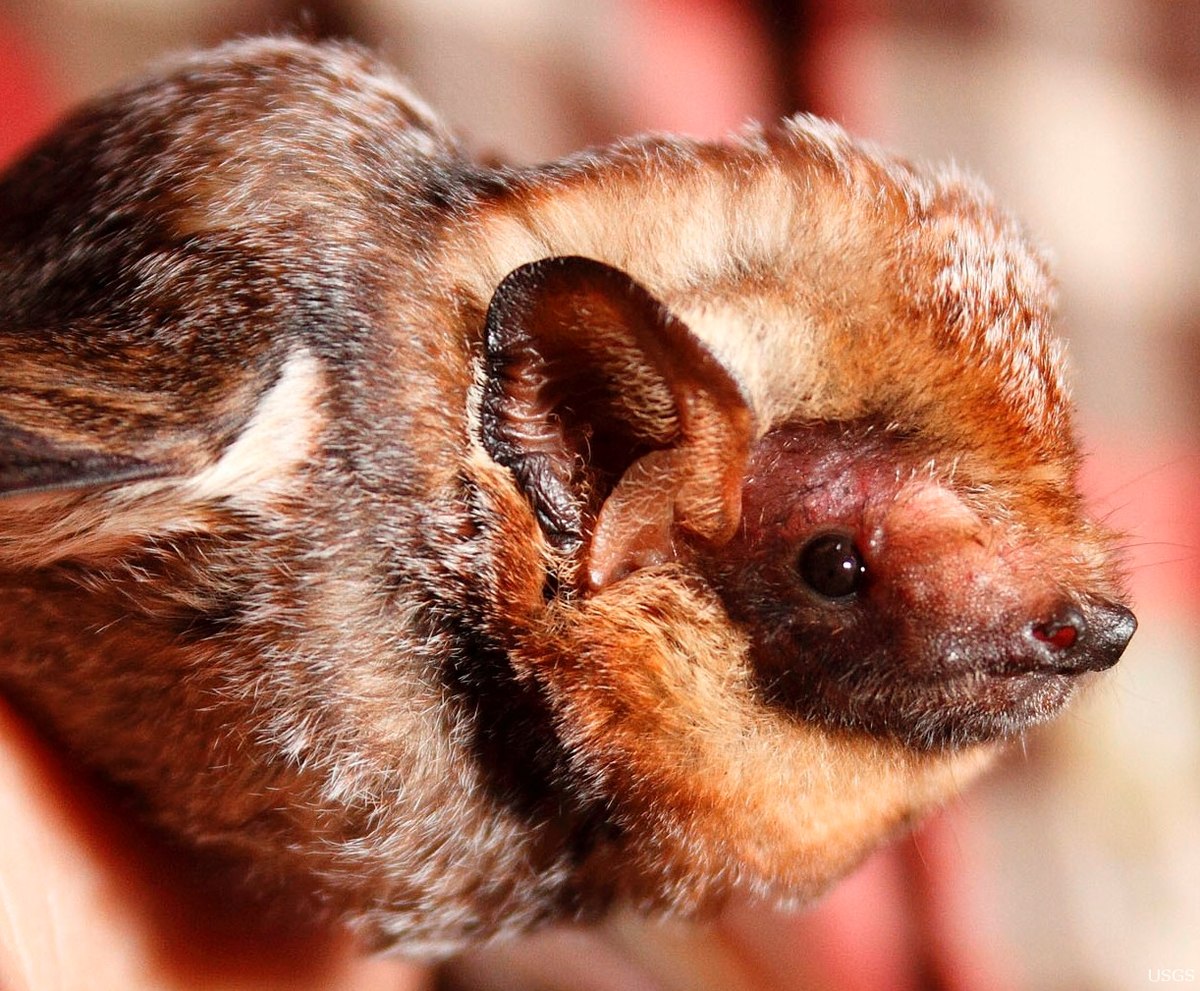Hoary bat
(Lasiurus cinereus)

Description
The hoary bat (Aeorestes cinereus) is a species of bat in the vesper bat family, Vespertilionidae. It lives throughout most of North America (possibly including Hawaii, although this is disputed). The hoary bat was described as a new species in 1796 by Palisot de Beauvois. Beauvois noted that the holotype had been collected in the US state of Pennsylvania by an individual identified as "Master Pancake". It has many taxonomic synonyms, including Vespertilio pruinosis (Say, 1823) and Atalpha mexicana (Saussure, 1861). Mammalogist Harrison Allen was the first to use its current name combination of Lasiurus cinereus, doing so in 1864. In a later publication, Allen placed it in the now-defunct genus Atalapha, with a scientific name of Atalpha cinerea. The South American hoary bat (A. villosissimus), which is found throughout South America, and the Hawaiian hoary bat (A. semotus), which is endemic to Hawaii, were both previously classified under the hoary bat, but phylogenetic evidence supports them being distinct species. It ranges throughout North America, from northern Canada south to Guatemala. Although the Hawaiian subspecies A. semotus was reclassified into a distinct species, studies in 2015 and 2017 found evidence supporting two different colonization events of Hawaii by Aeorestes species; one about 1.4 million years ago by the ancestors of A. semotus, but also a much more recent colonization by true A. cinereus. This would mean that A. cinereus also inhabits the Hawaiian islands, in cryptic sympatry with A. semotus. However, in contrast, a 2020 genetic study found no evidence of multiple bat species on Hawaii, finding the islands to only be inhabited by a single species, A. semotus, and attributed the previous results as a consequence of incomplete lineage sorting. The hoary bat averages 13 to 14.5 cm (5.1 to 5.7 in) long with a 40 cm (15.5 in) wingspan and a weight of 26 g (0.92 oz). It is the largest bat normally found in Canada. Its coat is dense and dark brown, with white tips to the hairs that give the species its 'hoary' appearance for which it is named. The body is covered in fur except for the undersides of the wings. Males and females are dimorphic in body mass, with females 40% heavier than males. The bat normally roosts alone on trees, hidden in the foliage, but on occasion has been seen in caves with other bats. It prefers woodland, mainly coniferous forests, but hunts over open areas or lakes.
Taxonomic tree:







